Browse Our Books
You can browse our books easily with any of the following filters, hover over the filters or their titles to see their descriptions.
Reading Level
Categories
Or you can use quick search or switch to advanced search for better results...
Search Results (Found 7948 results)
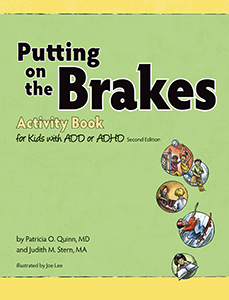
Putting on the Brakes Activity Book for Kids with ADD or ADHD 
This updated edition of the bestselling classic is packed with fun exercises for kids with attention difficulties. This resource for young people, their parents, and professionals is now revised and expanded, covering the newest techniques in diagnosing and treating ADHD; the most current techniques in relaxation; and tips on how to ask for help, guidance, and support in managing ADHD and its symptoms. This book will challenge kids and empower them to be the best they can be! Chapters include: All about AD/HD, All about You, Help Managing your AD/HD, Friendships, Getting Organized, Sharpening Your Skills, and Succeeding in School.
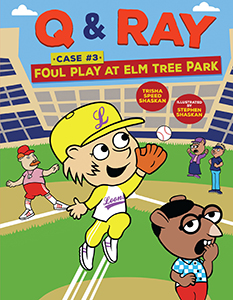
Q & Ray
Meet Q and Ray—elementary school super sleuths. Q is a hedgehog. Ray is a rat. They may be small, but in a town full of animals, they're the top crime solvers! This graphic novel series for young readers is full of laughs, mysteries, and cases based on high-interest topics including art, outer space, and more.
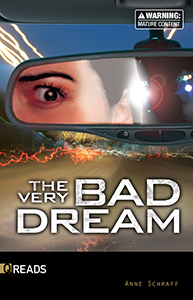
Q Reads 
These quick reads, just 32-pages each are power-packed with reading enjoyment. Here are 40 exciting hi-lo paperback novels with various themes guaranteed to keep your students turning the pages until the very end!

Q Reads: Short Hi-Lo Novels-Sample Set
Titles Include: Black Widow Beauty, Danger on Ice, Empty Eyes, Experiment, Kula'i Street Knights, Mystery Quilt, No Way to Run, Ritual, 75- Cent Son, Very Bad DreamThese quick reads~just 32-pages each~are power-packed with reading enjoyment. Here are 40 exciting hi-lo paperback novels with various themes guaranteed to keep your students turning the pages until the very end!
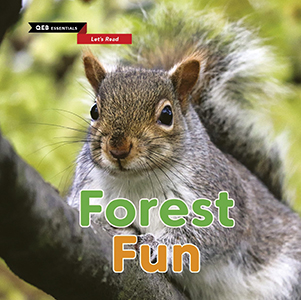
QEB Essentials Let's Read
This series introduces key social, emotional and academic skills to help prepare children for school and support their journey through Elementary and beyond. The books cover topics that children can relate to, encouraging an interest in the world and supporting familiarization of specific subjects.

QEB Essentials Let's Talk
This series introduces key social, emotional and academic skills to help prepare children for school and support their journey through elementary grades and beyond. The books cover topics that children can relate to, encouraging an interest in the world and supporting familiarization of specific subjects.

QuA hacer cuando las noticias te asustan (What to Do When the News Scares You) 
Esta ?ltima entrega de la serie -QuA HacerR mcs vendida abarca los sentimientos de ansiedad de los niuos en torno a los acontecimientos actuales y a lo que aparece en las noticias. Las noticias aterradoras son una parte inevitable de la vida.

QuA hacer cuando te preocupas demasiado (What to Do When You Worry Too Much) 
?SabAas que las preocupaciones son como los tomates? No, no puedes comerlas, pero puedes hacerlas crecer, simplemente hay que prestarle atenciun. Si tus preocupaciones han crecido de tal manera que te molestan casi todos los dAas, entonces este libro es para ti. QuA hacer cuando te preocupas demasiado sirve para guiar a padres y a niuos a travAs de las tAcnicas cognitivo-conductuales mcs usadas en el tratamiento para la ansiedad. Las metcforas e ilustraciones en este libro hacen que los conceptos y estrategias sean mcs fcciles de entender, mientras que los pasos que muestran cumo hacerlo y las indicaciones para dibujar y escribir ayudan a los niuos a dominar las nuevas habilidades relacionadas con la reducciun de la ansiedad. Este interactivo libro para la autoayuda es el mejor recurso para educar, motivar y capacitar a los niuos para que superen sus preocupaciones excesivas.
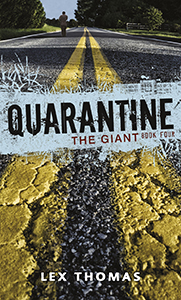
Quarantine
It was just another ordinary day at McKinley High before a massive explosion devastated the school and a fatal Ebola-like virus was unleashed. Now a year later, the school has descended into chaos. All the students are infected with the virus, making them deadly to adults. The school is under military quarantine. The teachers are gone. Violent gangs have formed based on social cliques. Without a gang, students are as good as dead. David Thorpe is a loner, and now it's him and his little brotheragainst the whole school.

Quartz Creek Ranch
Every summer the gates of Quartz Creek Ranch swing open for kids needing a fresh start. The philosophy of the ranch is simple: "We don’t call it therapy. It’s just horseback riding." Under the watchful eyes of life-long ranchers Willard and Etty Bridle, these middle-schoolers put their hands—and hearts—to good use, learning to ride, working on the ranch, and caring for the animals. Aided by two teenage horse trainers, the kids must forge a bond with their horses, grow beyond the mistakes that brought them to the ranch, and face unique challenges in the rugged Colorado rangeland.